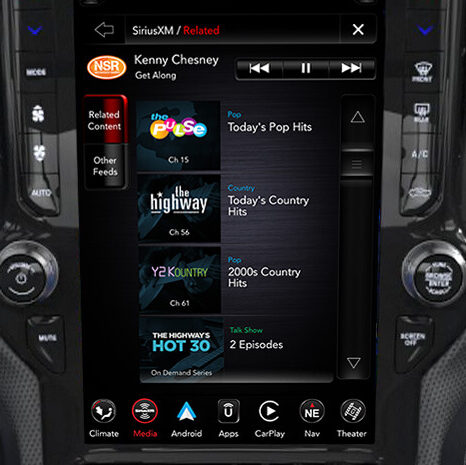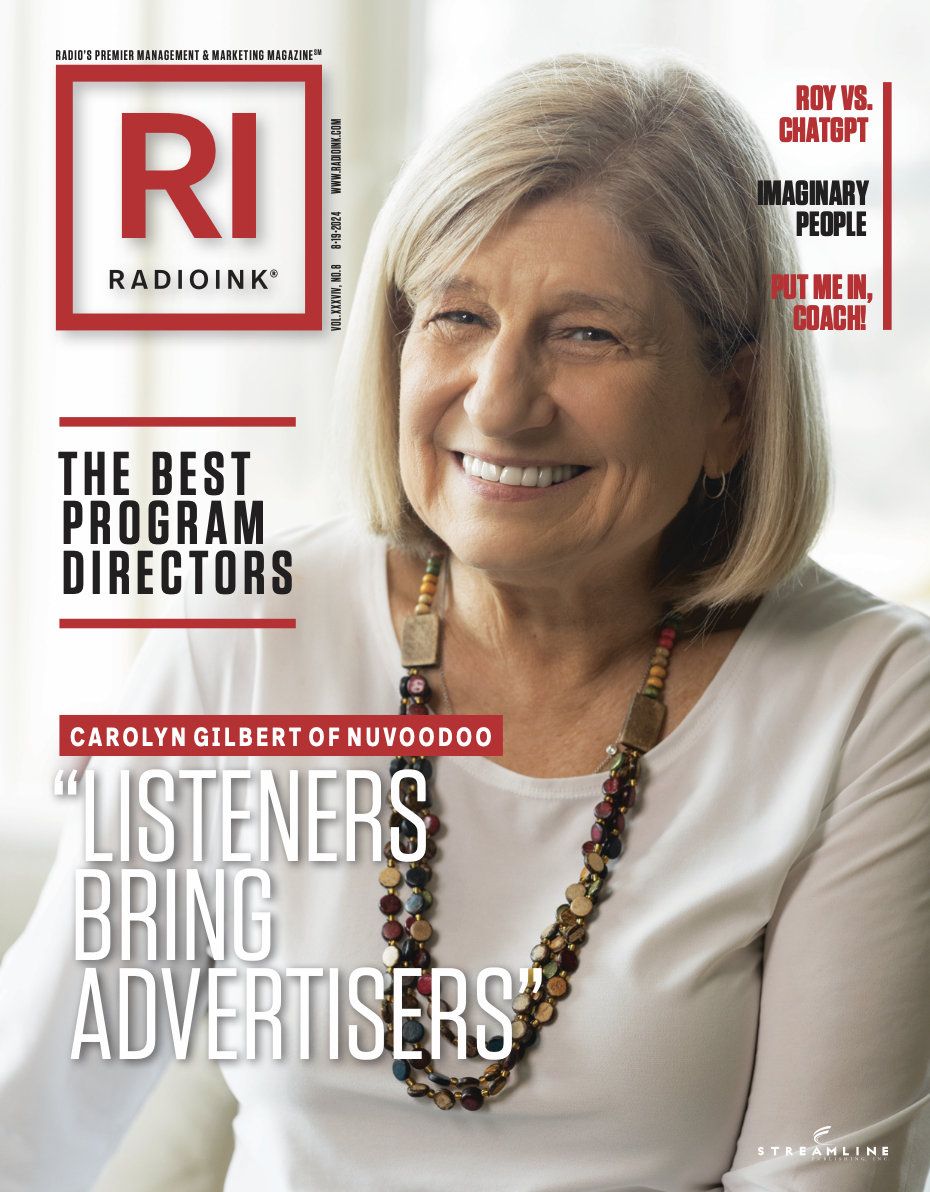
During its Q2 2024 earnings call, SiriusXM unveiled a no-cost, ad-supported subscription service exclusive to cars, aiming to challenge AM/FM radio’s dominance in the automobile industry. So how much ground does satellite have to make up?
Research released earlier this year told the thorough thrashing that traditional radio gives other audio platforms in terms of time spent listening. Edison Research’s Q1 2024 Share of Ear survey reveals that AM/FM holds a commanding 60% share of both ad-supported and ad-free audio formats listened to in cars. That number jumps to an 86% share when comparing ad-supported audio platforms.
Meanwhile, SiriusXM sits in second place overall, capturing a 13% share with its existing ad-free offerings. For further comparison’s sake, other audio sources like podcasts and ad-free Spotify account for 5% each, while owned music and Apple Music have smaller slices of the pie at 4% and 3%.
So how much share of ear does SiriusXM have to cover by car brand? As compared in the latest Cumulus Media/Westwood One Audio Active Group blog, cost has a lot to do with it.
Ford owners remain the largest consumer of traditional in-car radio, with AM/FM capturing 65% of the listening time, starkly higher than SiriusXM’s 12%. Over-the-air radio enjoys 62% listenership in Honda vehicles compared to SiriusXM’s 11%, and 63% in Toyotas versus SiriusXM’s 9%.
Conversely, SiriusXM shows stronger performance in luxury brands like Mercedes-Benz and Audi, where its listenership rises to 20% and 21% respectively, though still lower than AM/FM’s shares of 54% and 42%.
Then factor in time – Edison reported in September that the newer the car, the more likely occupants are to listen to SiriusXM. Analysis of the data reveals that in vehicles from the 2010 model year or older, SiriusXM accounts for only 5% of in-car listening time. This figure jumps to 22% for cars from the 2019 model year and newer. Vehicles from intermediate model years 2011 to 2018 also exhibit a progressive increase in SiriusXM listening, suggesting that the integration and adoption of satellite radio correlate strongly with more recent vehicle models.
With the new wider, ad-supported free offering being rolled out to autos equipped with SiriusXM’s 360L, the satellite giant is playing directly into its wheelhouse: newer and nicer cars.
One final factor to consider is SiriusXM’s relationship to the automakers. With car companies receiving a cut for including satellite capabilities in the vehicles they make and efforts increasing to remove free, local radio from the dashboard, there is the potential for some level of collusion.
While AM/FM still rules the car and is more than likely to continue to remain the space’s top dog well into the future, it will be worth watching whether SiriusXM’s new ploy to attract subscribers helps legitimately take a slice of radio’s pie.










Nope. Not one iota. If they had done this when they LAUNCHED, maybe. But in the day and age of streaming? Nope. Not gonna change a thing.